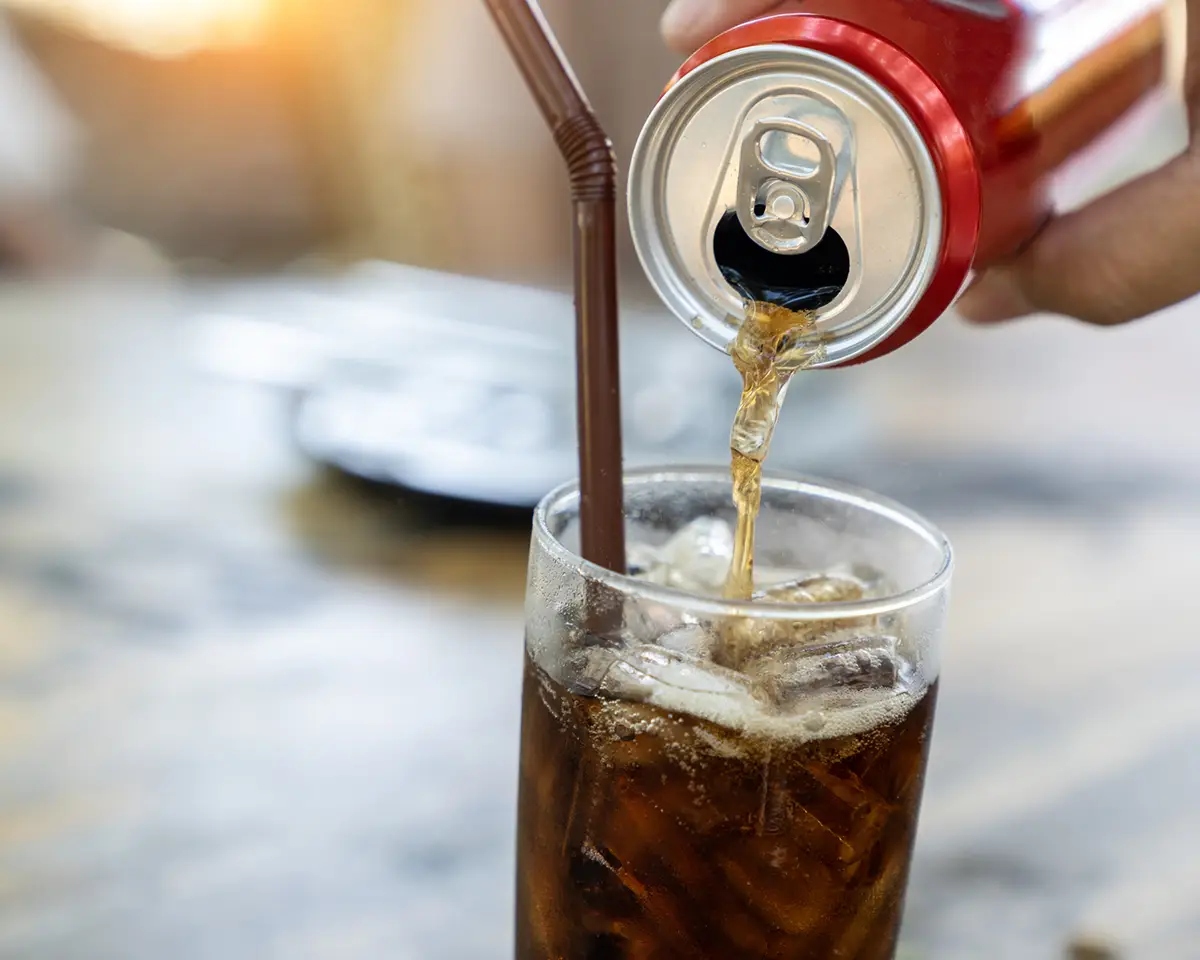Gut check: Are prebiotic and probiotic sodas better for you than regular pop?
If you’ve recently noticed prebiotic and probiotic sodas popping up on the shelves of your local grocery store, you’re not alone. TikTok has made these drinks — which claim to improve your gut microbiome, lower cholesterol, aid in weight loss, moderate blood sugar and enhance skin complexion — the newest “it” product to try.
Prebiotic and probiotic sodas might seem like an excellent replacement for people trying to cut back on soda. But is it? Below, learn more about the differences between prebiotics and probiotics, the pros and cons of drinking prebiotic and probiotic sodas, and other ways to consume these nutrients.
What is the difference between prebiotics and probiotics?
Your stomach, intestines and colon are host to trillions of microbes that help you digest food, prevent harmful bacteria from growing in your body and more. This is called the gut microbiome. Prebiotics and probiotics nourish your gut bacteria. Prebiotics are plant fibers or carbohydrates that can’t be digested but stimulate gut bacteria growth or activity. Probiotics are live microorganisms such as “good” bacteria and yeast that benefit your gut.

Are prebiotic and probiotic sodas better for you than regular soda?
Consuming sugary drinks is unhealthy: A single can of soda contains close to the recommended amount of your daily sugar intake, or about 12 teaspoons. Some also contain high-fructose corn syrup.
Sipping too much pop can lead to weight gain, tooth decay, obesity, Type 2 diabetes, heart disease, kidney disease, non-alcoholic liver disease and gout.
A prebiotic soda, in contrast:
- Has 4 to 5 grams of added sugar, or about a teaspoon
- Has 2 grams of fiber. Most Americans eat 16 grams of fiber a day. The USDA recommends that women consume 25 grams of fiber daily and men consume 38 grams daily.
- Has about 50 calories
- Doesn’t contain high-fructose corn syrup
Although prebiotic sodas have less sugar and fewer calories than traditional soda, you should know that these beverages alone can’t replace a healthy, well-balanced diet and lifestyle. Adding prebiotic sodas to your daily food and beverage intake won’t fix a diet consisting of sugar, oils, fat and processed foods. Instead, you should eat more fiber, fruits, vegetables, whole grains, nuts, seeds, proteins and healthy fats.
Also, everyone’s body responds differently to prebiotic soda. Indulging in too much fiber may cause gas and bloating, so drinking only one soda a day is advised. People with health conditions such as small intestinal bacterial overgrowth, irritable bowel syndrome, Crohn’s disease and colitis should skip prebiotic sodas.
What foods should I eat if I want to incorporate more prebiotics and probiotics in my diet?
Examples of prebiotic foods include:
- Whole grains such as quinoa, buckwheat, rice, corn and pasta
- Herbs, spices and seasonings such as garlic and onions
- Vegetables and fruits including leafy greens, sweet potatoes, eggplant, artichokes, tomatoes, strawberries, blackberries, blueberries, butternut squash and cauliflower
Examples of probiotic foods include:
- Kimchi
- Gochujang (fermented red chili paste)
- Sauerkraut
- Miso
- Pickles
- Natto (fermented soybeans)
- Yogurt
- Kefir
Recent News
Article
Breathe Easier: Tips for Improving Your Lung Health
Article
Chenitra Emergency Care
Article
Leading The Way in Lung Cancer Diagnosis
Article
Safety Tips for 4th of July Firework Fun
Article
Metro East Vascular Access Center
Article